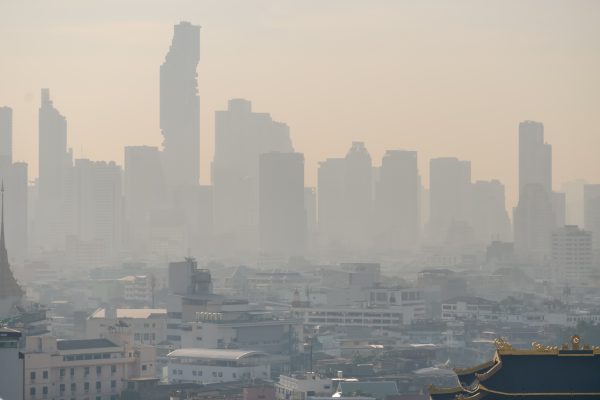So far, the Thai government’s efforts to improve its air quality have failed to address the systemic causes of the problem.
As Thailand’s capital grapples with hazardous levels of PM2.5 concentrations, air pollution has again risen to the top of the country’s national agenda. This fine particulate matter, responsible for numerous health issues, has reached alarming levels in recent weeks, blanketing the capital in a toxic haze reminiscent of the infamous London Smog of 1952. However, while London’s catastrophe occurred in an era of industrial expansion with limited environmental awareness, Thailand faces a similar crisis in the 21st century – a time when clean air should be a universal right.
PM2.5, or particulate matter smaller than 2.5 microns, poses severe risks to public health. Prolonged exposure is linked to respiratory and cardiovascular diseases, as well as premature death. As of January 25, air pollution levels in Bangkok were critical, with the city ranked 6th globally for the worst air quality. On that day, the Air Quality Index (AQI) for Bangkok reached 181, indicating harmful air quality for everyone. Nakhon Pathom, a nearby province, recorded an AQI of 225, within the “hazardous” range.
Since 2019, air pollution levels in Bangkok have surged, with PM2.5 concentrations regularly exceeding safe limits. However, the crisis has existed for much longer, especially in the northern provinces. The urgency of the PM2.5 crisis was tragically highlighted by the case of Dr.
Continue Reading on The Diplomat
This preview shows approximately 15% of the article. Read the full story on the publisher's website to support quality journalism.
